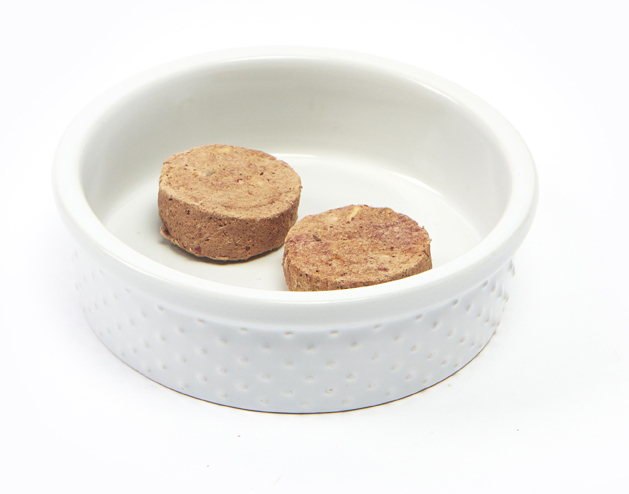why raw?
Despite years of domestication, the digestive system of cats and dogs hasn’t changed much. They are still designed to eat and digest raw meat. The high acidic levels of their stomachs allow them to do so safely. Not only are they built to eat raw food, they love it and the nutrients inside (that sadly gets cooked and processed out of other food) keeps our pets healthy, shiny, and full of life. Studies show that raw-fed cats and dogs suffer from fewer diseases and live longer than those fed canned or processed foods.
need more benefits?
Featured
Gain greater resistance to viruses, bacteria and parasites, also increase overall vitality.
Pets fed a raw diet have soft, shiny fur. Reduced shedding and less hairballs for cats… rejoice!












